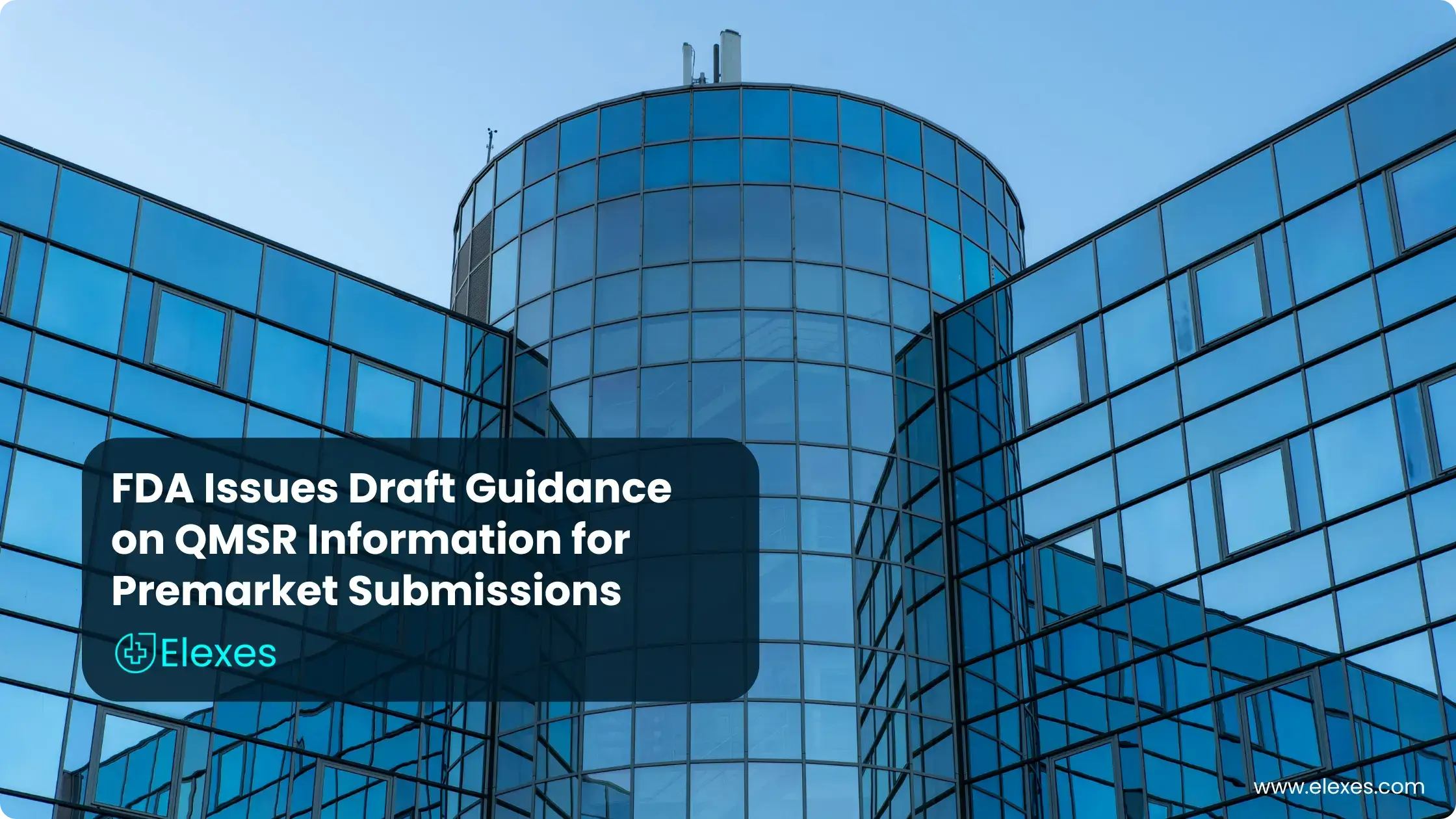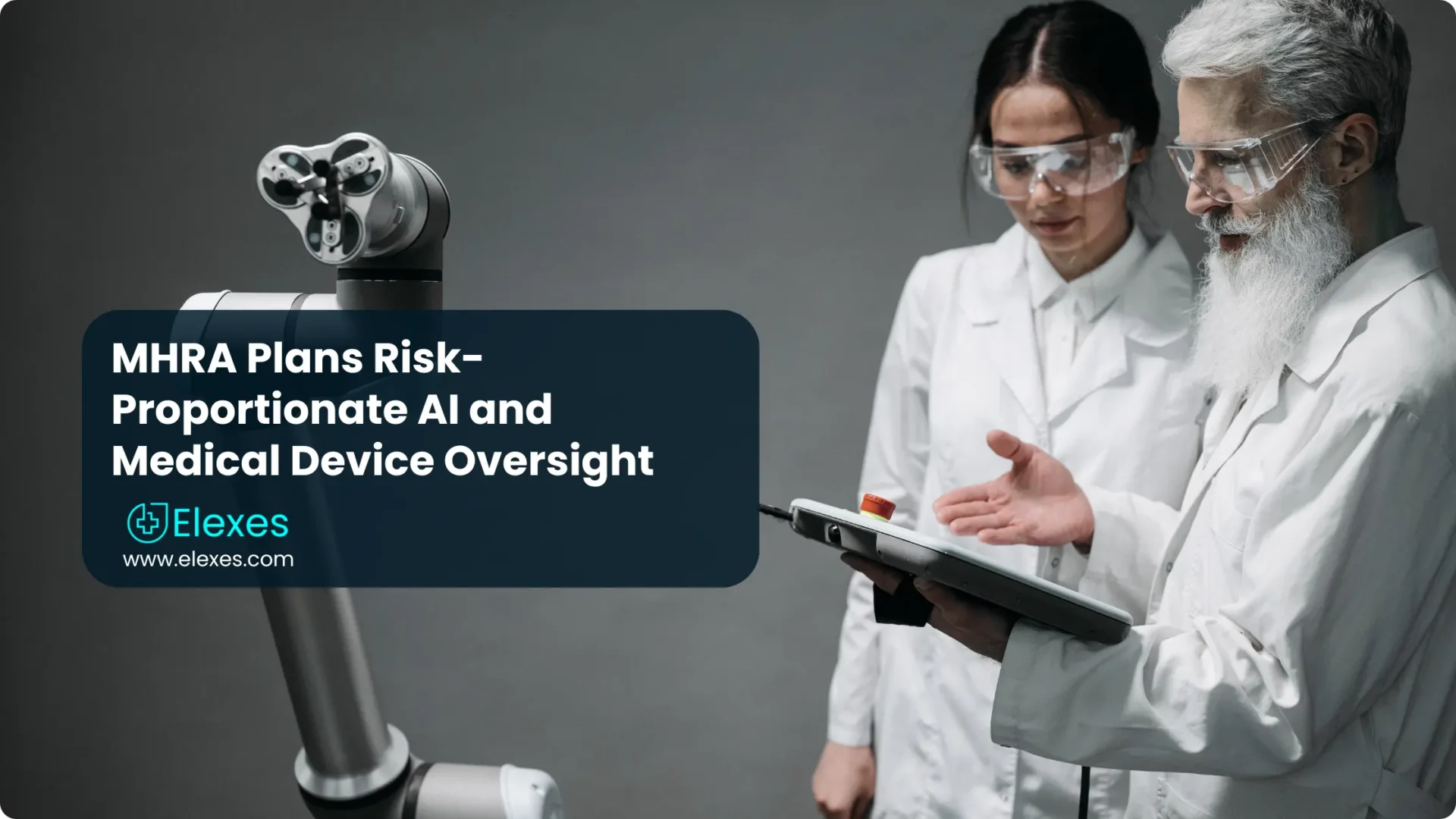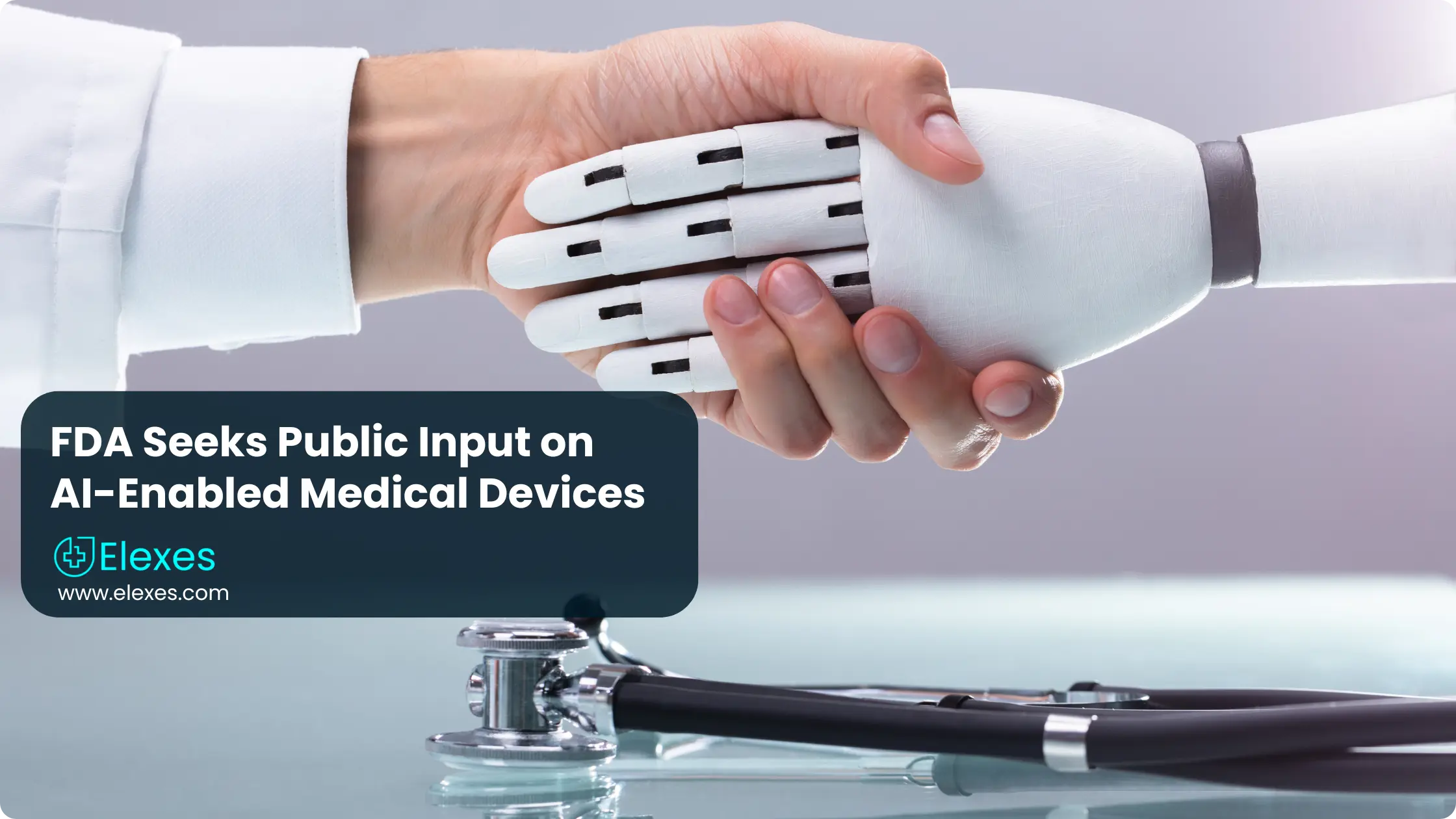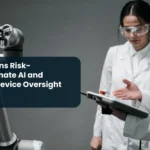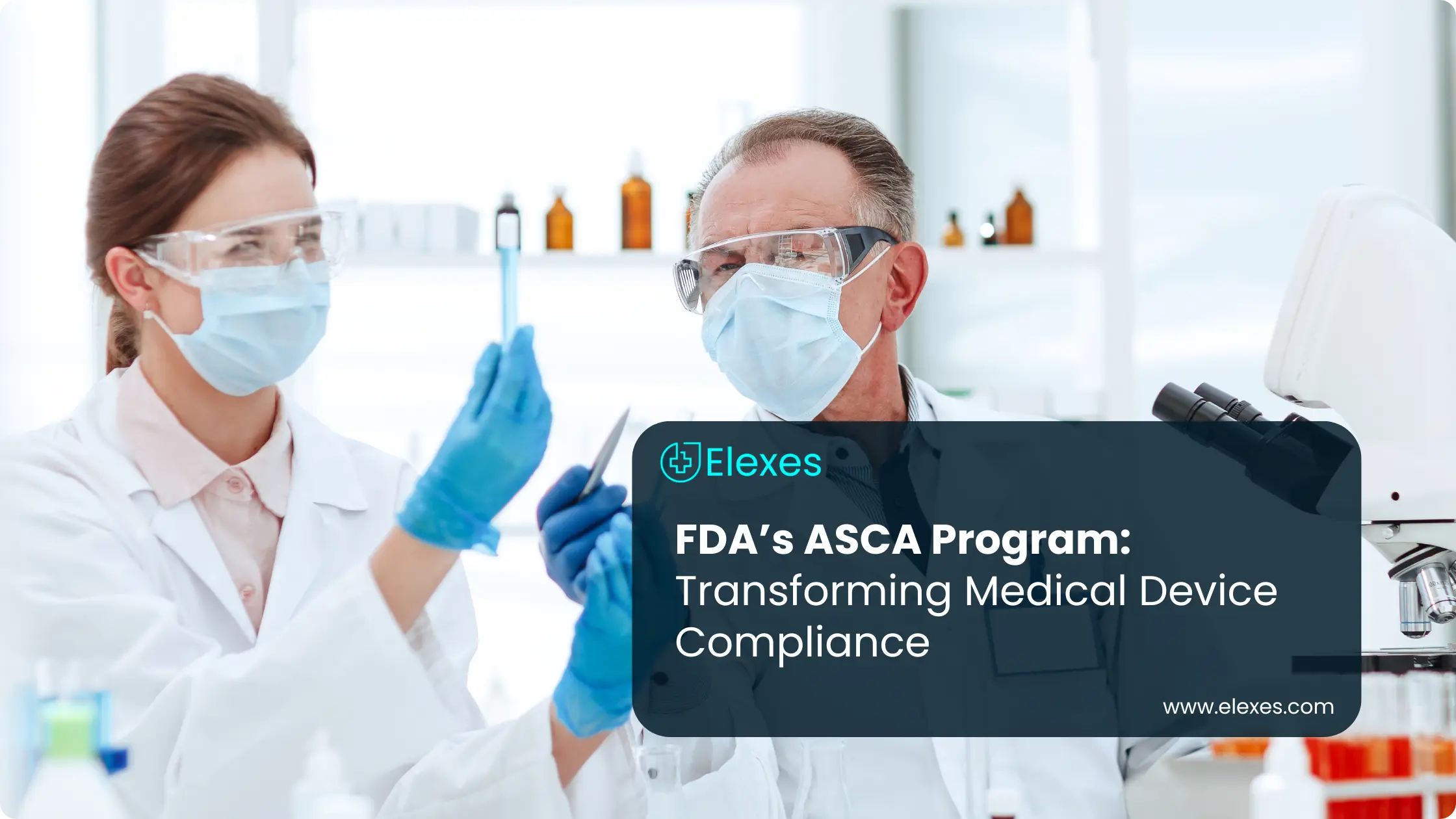Notified Body Shortages Threaten AI Regulation and EU Compliance
The European Association of Medical Devices Notified Bodies (Team-NB) has raised serious concerns about the shortage of organizations capable of reviewing artificial intelligence (AI) devices under the upcoming EU AI Act. According to Team-NB, the lack of notified bodies could massively hinder the regulation’s rollout, delaying approvals and stalling innovation in Europe’s AI-driven medical technology sector.
As per the AI Act’s transition timeline, key milestones are set for August 2026 and August 2027, when notified bodies will begin assessing high-risk AI systems. However, without enough capability, the EU might find it difficult to properly enforce compliance, running the risk of experiencing protracted delays in the certification and market launch of AI devices.
Why the Shortage Exists
This issue mirrors the earlier challenges faced during the implementation of the EU MDR and IVDR, where limited notified body capacity led to severe certification backlogs. Due to unclear qualification requirements, difficult application processes, and the high expense of retaining knowledgeable staff, many organisations are reluctant to apply for designation under the AI Act.
Team-NB also highlighted that without a stable and predictable regulatory environment, both notified bodies and AI developers face difficulty preparing complete applications, leading to multiple review cycles and added administrative burdens.
Possible Solutions and Global Efforts
To prevent bottlenecks, Team-NB has proposed leveraging existing frameworks for appointing notified bodies already active in medical device and software certification. This would avoid duplicating efforts while ensuring oversight remains consistent.
Globally, regulators are beginning to act. The U.S. FDA, for instance, has established the Digital Health Center of Excellence to streamline oversight of AI/ML-enabled medical devices. Similarly, Health Canada and the MHRA in the U.K. are exploring risk-proportionate regulatory models and cross-agency collaborations to speed up AI assessments while maintaining patient safety.
How Manufacturers Can Prepare for the EU AI Act
As regulatory timelines near, manufacturers can take the following steps to stay ready:
⦿ Start evaluating their AI systems using the risk categories outlined in the EU AI Act.
⦿ Verify compliance with current ISO 13485 and other quality management systems (QMS).
⦿ Stay updated on evolving AI conformity assessment procedures.
⦿ Seek expert guidance for CE Marking and regulatory submissions.
At Elexes, we help innovators navigate complex AI and medical device regulations, from regulatory strategy development to FDA submissions and CE certification. Manufacturers can reduce delays and effectively position their products in the EU and international markets by proactively addressing compliance requirements.
Conclusion
One major barrier to the EU AI Act's successful implementation is the lack of notified bodies. Regulators, industry, and specialists like Elexes can work together strategically to guarantee that AI innovation proceeds in a responsible manner without endangering safety or compliance, though.
To read more about the news, you can go to the official link below:
EU AI Act Faces Delays as Oversight Framework Struggles to Keep Up


